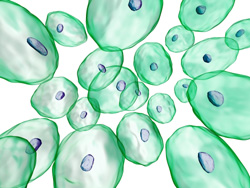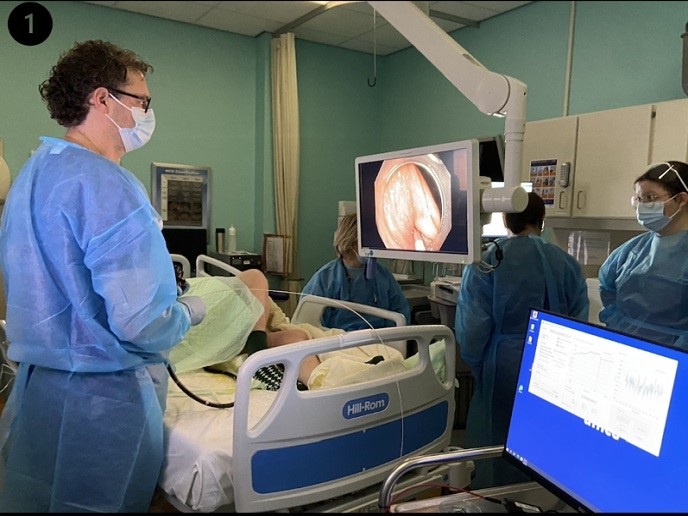Which molecules trigger cellular responses to force?
The 'Integrated molecular and cellular mechanotransduction mediated by protein p130Cas' (Cell trans) project had the overall objective of studying the molecular mechanisms of force sensing by cells. The EU-funded project set out to study the mechanotransduction potential of the Src family kinase substrate p130Cas. This is a key protein involved in many cellular processes and is known to be activated (phosphorylated) by force. Optical and magnetic tweezers and total internal reflection microscopy (TIRF) were used to examine how the phosphorylation of single Cas molecules is regulated by force. TIRF was employed to determine what magnitude of force is required for phosphorylation, whether an increase in force leads to increased phosphorylation and whether interrupting the application of force leads to dephosphorylation. Experiments revealed that other molecules are involved in mechanotransduction at the pN scale usually present at cell adhesion sites (picoNewtons (pN) are used for the measurement of forces exerted at the molecular scale). This led Cell trans researchers to focus attention on other molecules, integrins, believed to be important in mechanotransduction. Integrins connect cells to the surrounding extracellular matrix. Talin and a-actinin are two key adhesion proteins connecting integrins to the cytoskeleton. Results of working with talin, proposed as a mechanosensing molecule, offered the first indication that application of force to single molecules can indeed result in mechanotransduction. Further studies on how mechanotransduction is integrated at the cellular level examined the force regime experienced by cell adhesion sites. The functions of maintaining cell adhesive strength and of transducing mechanical signals were found to be differently regulated in the case of talin. This indicates that the adhesion protein is capable of mechanotransduction at the single molecule level. In studies concentrating on the role of a-actinin in force sensing, it was discovered that a-actinin enables the transmission of force between the cytoskeleton and integrins. In this way, the formation and the dynamics of stable mature adhesion sites between the cell and the extracellular matrix are controlled. Having characterised how certain molecules function to detect, transmit, resist and respond to forces, Cell trans was able to further understanding of the molecular events dictating cell response to forces. This sets the foundation for future studies to investigate the molecular mechanisms underlying processes and pathologies affected by mechanical stimuli and the cellular mechanical environment, important for research in areas such as cancer or wound healing.







